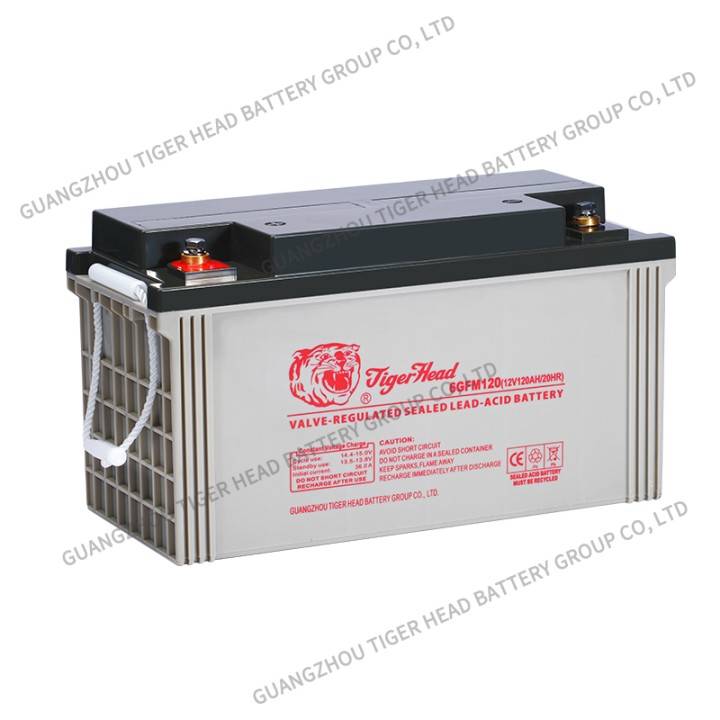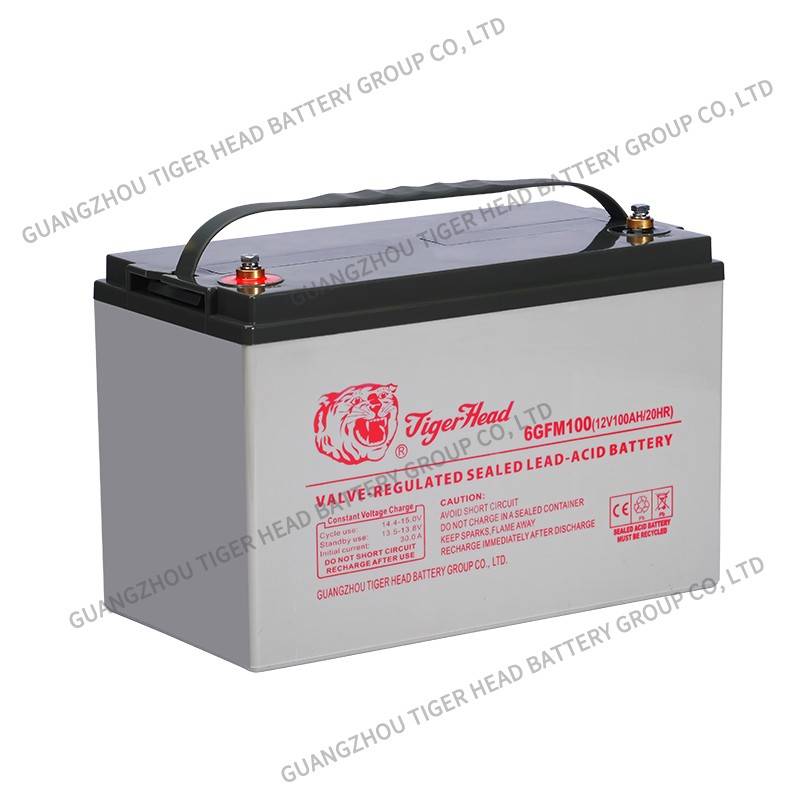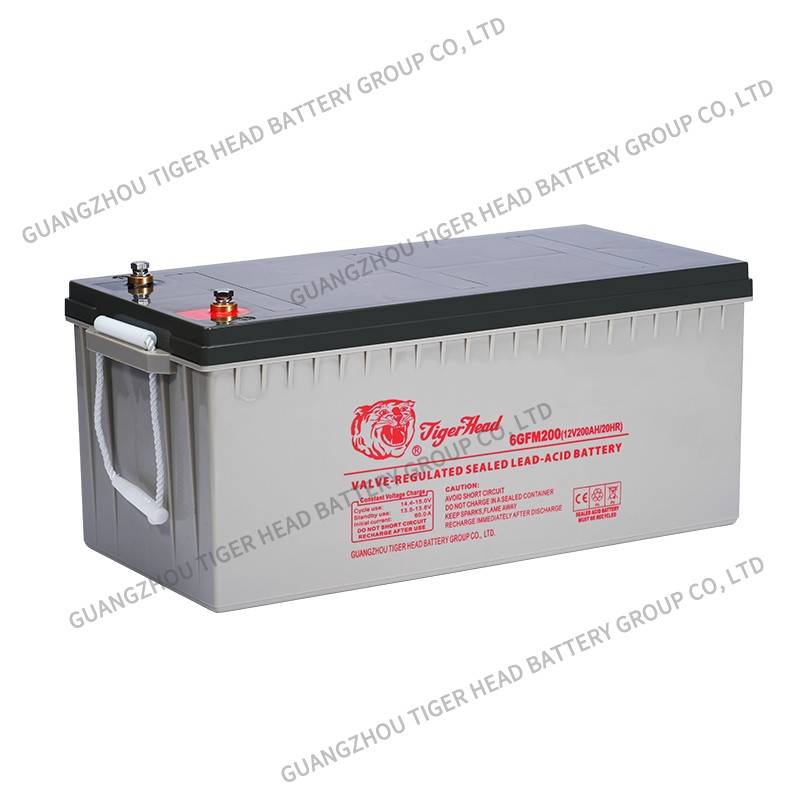How much do you know about gel batteries?

Gel batteries belong to a development classification of lead-acid batteries. The method is to add a gelling agent to sulfuric acid to make the sulfuric acid electro-liquid become colloidal. Batteries in which the electro-hydraulic is in a gel state are usually called gel batteries. The difference between the gel battery and the conventional lead-acid battery is from the initial understanding of electrolyte gelation to the study of the electrochemical characteristics of the electrolyte basic structure, as well as the application and promotion of grids and active materials. Its most important feature is: use a small industrial cost to produce a better quality battery, its discharge curve is straight, the inflection point is high, its energy and power are more than 20% larger than conventional lead-acid batteries, and the lifespan is generally conventional lead. The acid battery is about twice as long, and its high temperature and low temperature characteristics are much better.

Internal structure of gel battery
Broadly speaking, the difference between gel batteries and conventional lead-acid batteries is not just that the electro-hydraulic is changed to gel. For example, non-solid hydrocolloids belong to colloidal batteries from the perspective of electrochemical classification structure and characteristics. Another example is the adhesion of polymer materials in the grid, commonly known as ceramic grid, which can also be regarded as the application feature of gel batteries. Existing laboratories have added a targeted coupling agent to the plate formula, which greatly improves the reaction utilization rate of the plate active material. According to non-public data, it can reach a weight ratio energy level of 70wh/kg. Stage industrial practice and application examples of colloidal batteries to be industrialized.
The non-disciplinary standard term for water-based glue is a name used to distinguish solid gels.
The understanding of colloid, academic classification and custom understanding are very different. It is customary to think that a substance whose physical state is in a gelled state at room temperature is called a colloid. In the chemical structure classification, it is defined as a substance whose basic structure of the dispersed phase is within the range of 1-100 nanometers.
It is the colloidal particle size and its surfactants that determine the electrochemical characteristics.
The history of colloidal batteries has been up and down, which is related to the development of colloidal materials and the maturity of technology. In the past three or two years, although nano-scale sols have been developed and there are more production practices for electrochemical applications of surfactants, it is difficult for manufacturers to select suitable gel-like colloids in a short period of time.
The water-based glue is designed as an intermediate product developed from an acid battery to a colloidal battery. Its characteristics are: elimination of the physical gelling framework, retaining the characteristics of functional polymer groups and surfactants, pure liquid state, and treated as a sulfuric acid additive when used , Suitable for making all lead storage batteries.
Gel Battery Advantages:
No common industrial problems of GEL batteries. The manufacturing process is exactly the same as that of lead acid batteries. After use, the capacity is increased by 5-15%, and the battery life is prolonged by 50-100%. It has strong resistance to sulfation of the plate. After sulfuric acid modification The corrosion of the grid is much smaller. The price is also cheaper than conventional colloids.
After using water-based glue additives, there is no need to add sodium sulfate, phosphoric acid, etc. to the sulfuric acid. Standard dosage: 8% by volume

How to charge gel batteries correctly?
Don't wait for the gel battery to run out and recharge it. You should charge it in time after discharge.
Try to use better quality chargers for battery chargers, which will help improve the service life of gel batteries.
The battery should be fully charged and stored in a cool and dry place, away from heat sources, and away from direct sunlight. The battery should be recharged before storage for more than one month, and deep charge and discharge should be done once for more than three months.
When charging in hot weather, pay attention to the battery temperature not to be too high, do not charge the battery, if the hand is too hot, you can stop and recharge. In winter, the temperature is low, and the battery is easily undercharged, so the charging time can be appropriately extended (such as 10%).
If it is a set of batteries, they should be replaced in time when a single problem is found, which can extend the life of the entire set.
Disclaimer:
The content contained in this article is a web-based material. The copyright owner cannot be contacted. If the article text and pictures are infringing, please contact Wechat: 383038542, whatsapp: +8615914468236. We will delete it!






